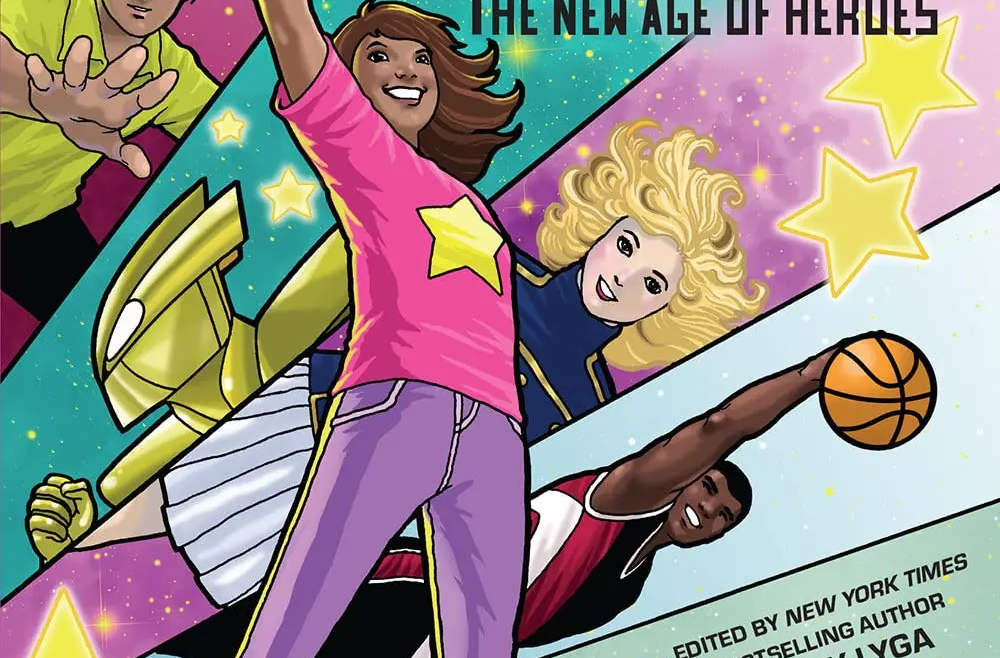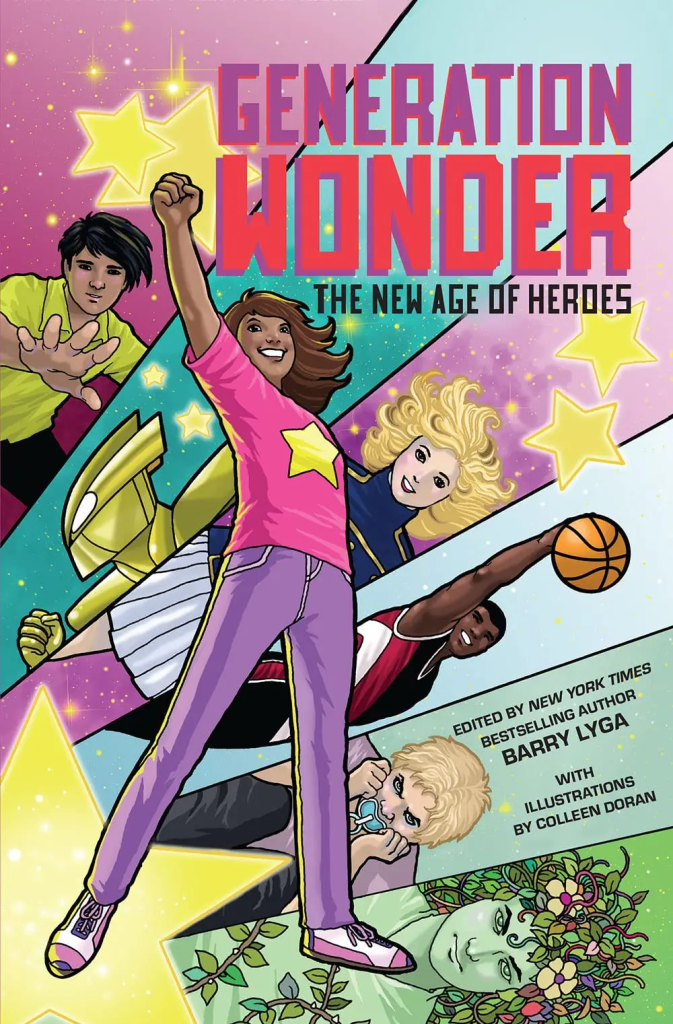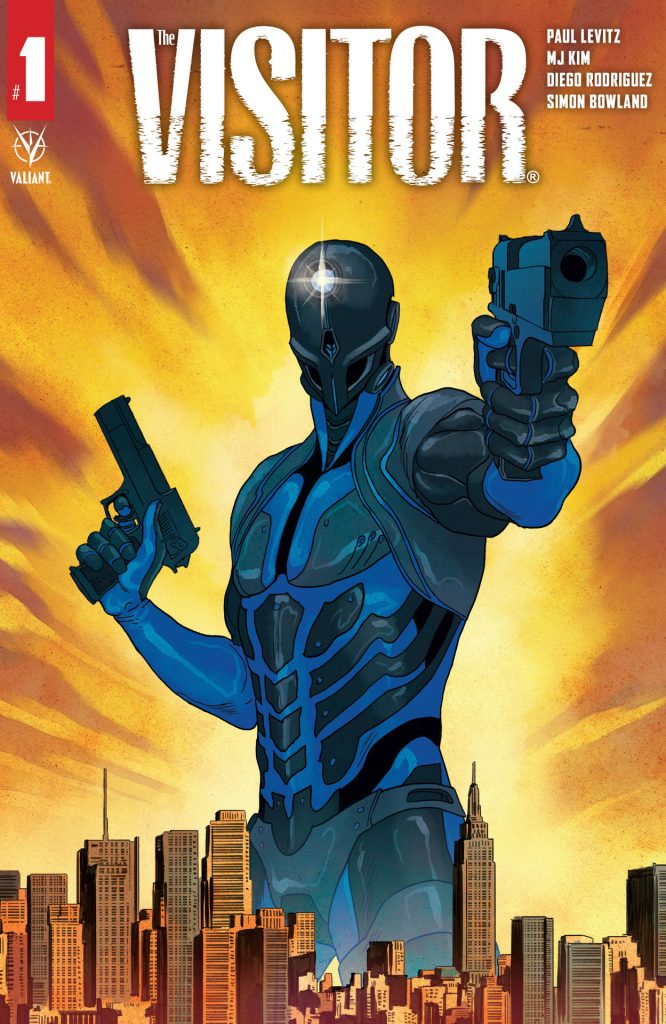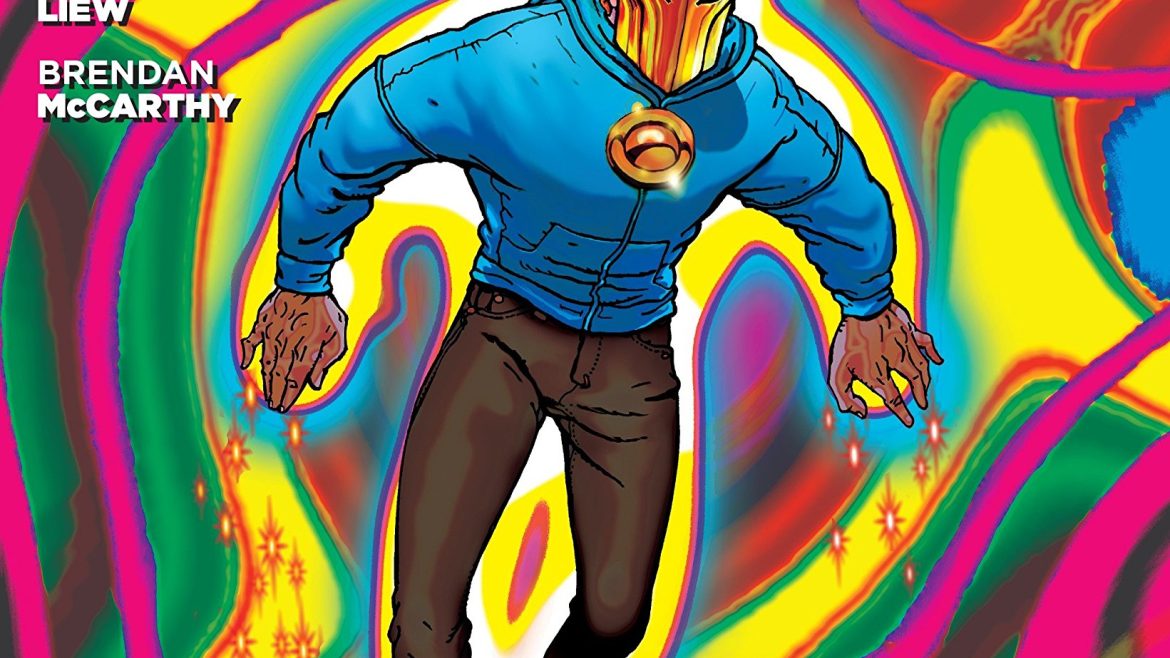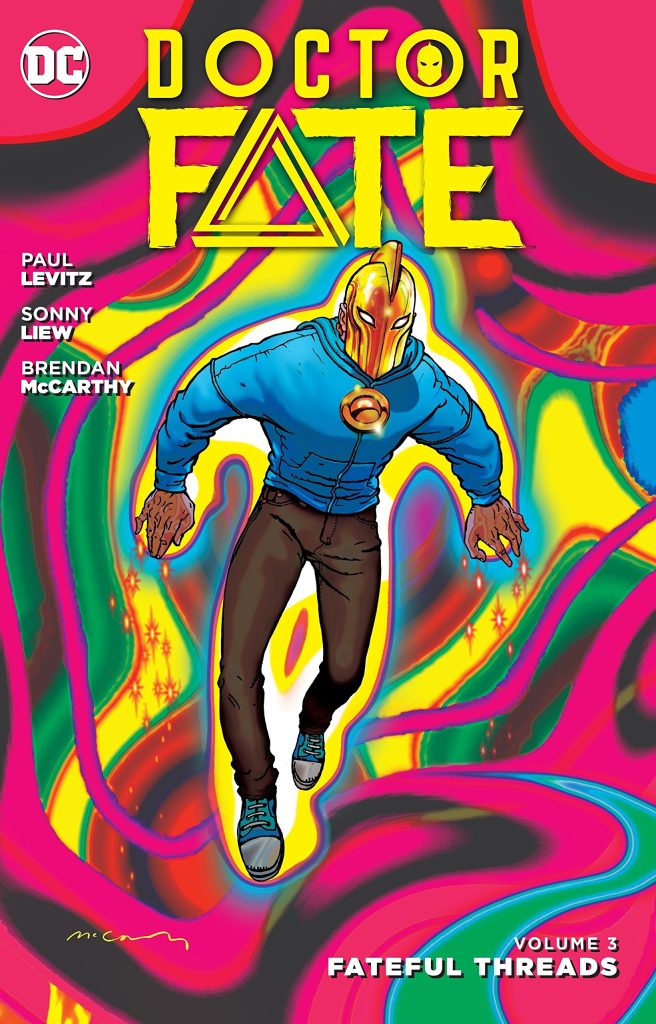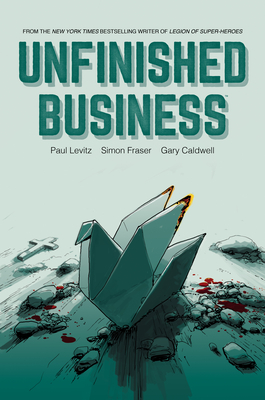So the scheme of sorting comics history into Ages was mostly influenced by those of us who were disproportionately fans of the super hero material. That classification scheme gave us Gold, Silver, Bronze…and even according to some (including my big Taschen book), Dark eras. The boundaries have always been a bit fuzzy though. A few random thoughts on the subject:
First off, our biases show too powerfully in the whole analysis. While the super heroes were the dominant genre of American comic books in the years when this taxonomy was developed (the 1960s and 1970s as comic fandom began to be an organized phenomenon), for most of the time of comics in America that hasn’t been the case, including now. Younger kids’ comics have ruled for most of the years that we might focus on separate physical print comics (whether as comic books or graphic novels), with Dell as the largest publisher up until around the time of the Dell/Gold Key “divorce” in 1962, and Scholastic has claimed the title in much of the 21st Century. Did the decline of Dell create the opportunity for the long era of the super hero dominating the field? It’s an argument that I can’t recall seeing before, but it’s not impossible to consider.
Second, there’s no singular way to draw a line of demarcation even if we accept the Gold/Silver/etc logic. Take the end of the Silver Age:
On one content-based analysis, the demarcation between Silver and Bronze is often argued as either drawn at the publication of GREEN LANTERN/GREEN ARROW #76 (April 1970), CONAN #1 (October 1970) or SUPERMAN #233 (November 1970). A close enough cluster, but which is the trigger?
An alternative content-based analysis looks at the moment when the long-static creative assignments. On the DC side, you can make a case that Infantino leaving THE FLASH at the end of 1967 is the key moment. As he took on more responsibilities as Editorial Director, he instigated changes that would unsettle every long-running artist on a series, and preside over the hiring or onboarding of several new editors as well as the replacement of a group of contributors who were being pushed out over their requests for benefits. The singular moment at Marvel isn’t until three years later, when Kirby departs, but the transitions at DC serve to see more new names popping up at Marvel in that period.
If we consider technology as a factor (which is always worth thinking about), the shift in the late 1960s from artwork being created “twice-up” to 10”x15” deserves examination. It fundamentally affected the styles of many major artists, some for the better, some sadly for the worse. Neal Adams made the argument that for the first time the artist at their board could focus on the whole page, and his work certainly demonstrates the evolution that took place as a result.
And if we look at the issues of distribution and business, certainly Marvel moving away from being a distribution client of DC’s affiliate in the summer of 1969, and the consequent expansion of their line after a decade of constraint is an interesting demarcation point.
Alternatively, though, a lens I use in discussing the evolution of comics in America is to consider what marketing people refer to as the product life cycle. It looks at the key marketing characteristics of a product, and suggests certain behaviors that are common to different stages of its evolution. Product life cycles can overlap, as products that have great similarity can still be differentiated.
Looked at that way, we might parse the modern history of American comics:
The life cycle of the newspaper comic strip, beginning at the turn of the 20th Century and fading into near irrelevance towards the end of the century. As a product, it’s ubiquitously available, what marketers define as a convenience good, focused on an entire family audience, produced with the cheapest possible technology, and priced invisibly as part of another purchase (the paper itself).
The life cycle of the newsstand comic book, beginning in the 1930s and fading out in the 1980s (by my estimate if the transition to comic shops hadn’t occurred, the traditional comic book would have vanished by around 1985). Again ubiquitously available, a convenience good, focused on children from the beginning of reading (5?) to puberty (12?), produced with cheap technology, and priced cheaply.
The life cycle of the direct market comic book, beginning in the 1980s and still going, probably in the market maturity stage. Now a purchase that requires going out of the consumer’s way which means it is what’s defined as shopping good or even a specialty good, focused on people from 16 to 35 (originally primarily men but broadening out), produced with relatively high technology, and priced more expensively.
The life cycle of the graphic novel, beginning in the 1980s and still in what marketers might consider either the market introduction and development stage or market growth stages. We can argue that it is again ubiquitously available via the internet, yet a shopping good (consumers select based on a number of factors), with an audience that’s evolving as we speak, produced with relatively high technology, and priced at a wide range of price points.
And webcomics, well, maybe it’s too soon to tell what they’ll be here in America, but they’ll certainly have a life cycle of importance of their own.
Just something to think about…

